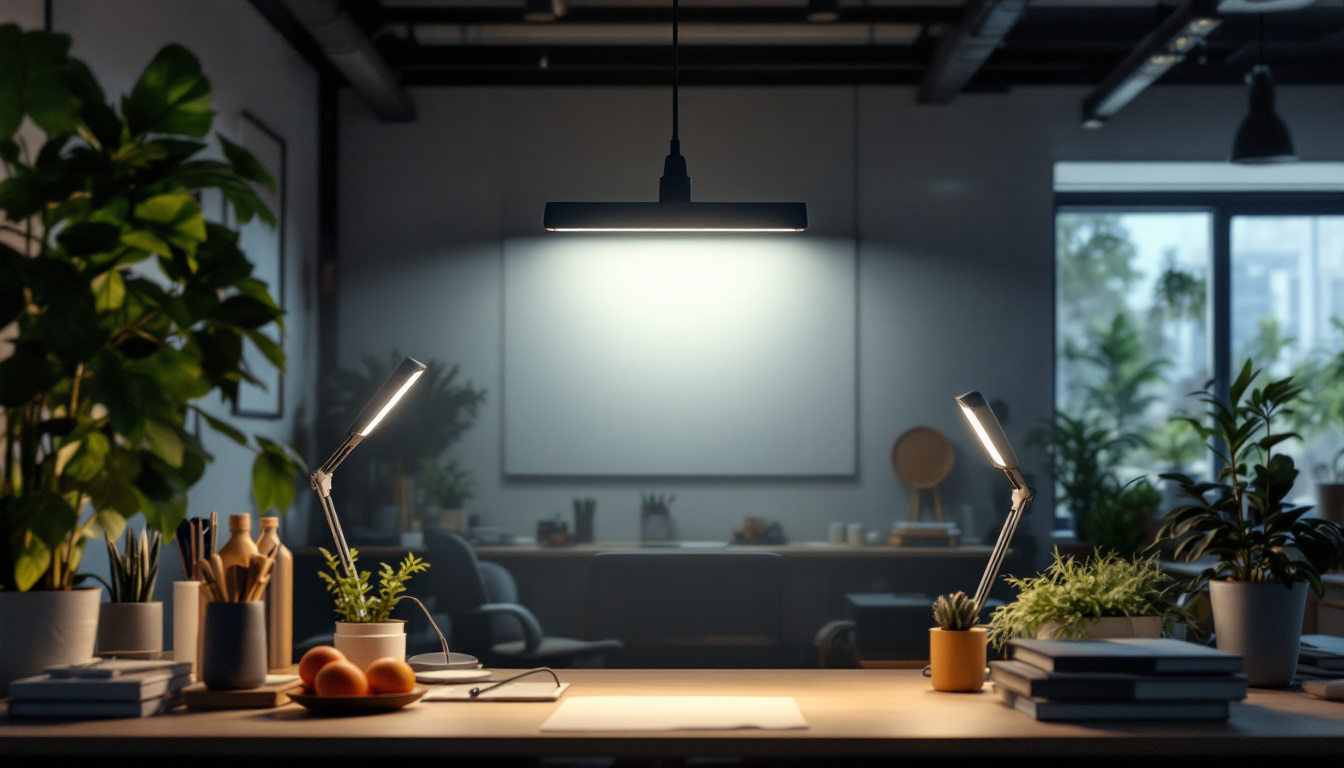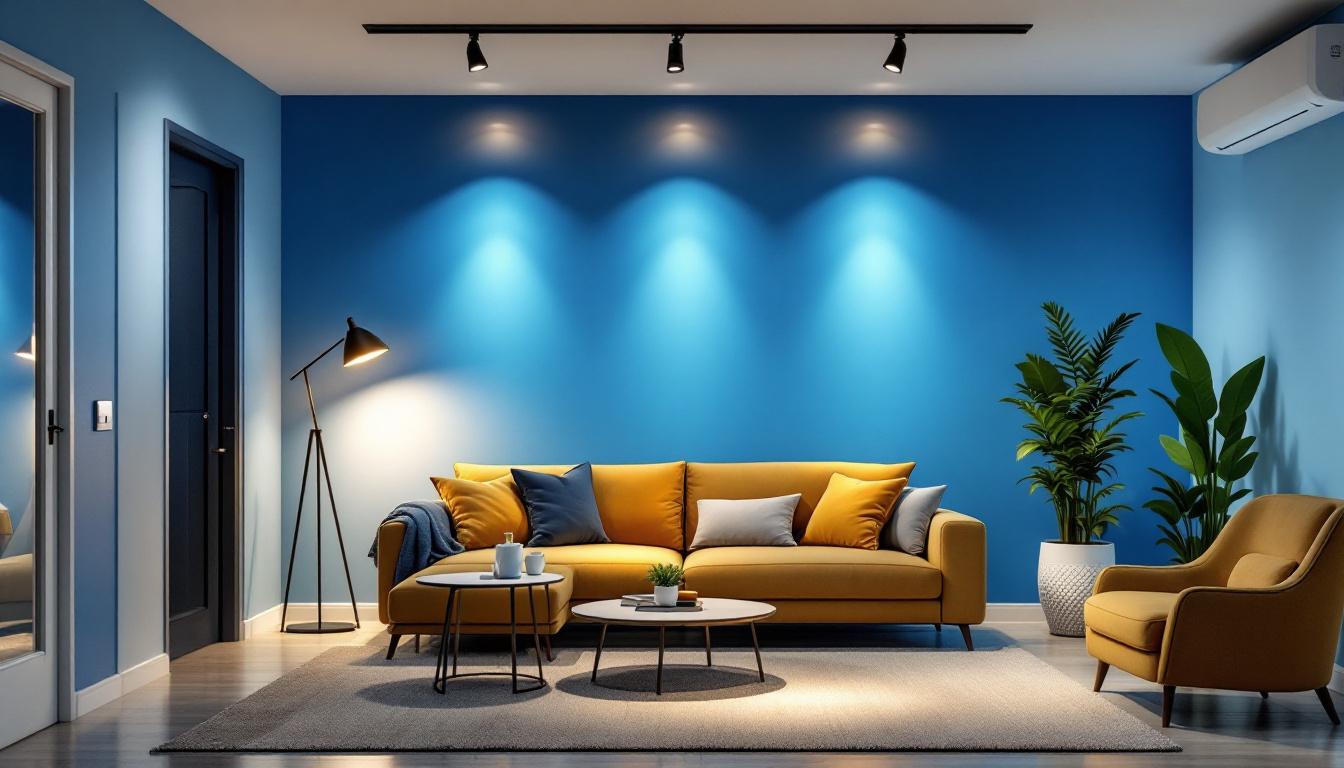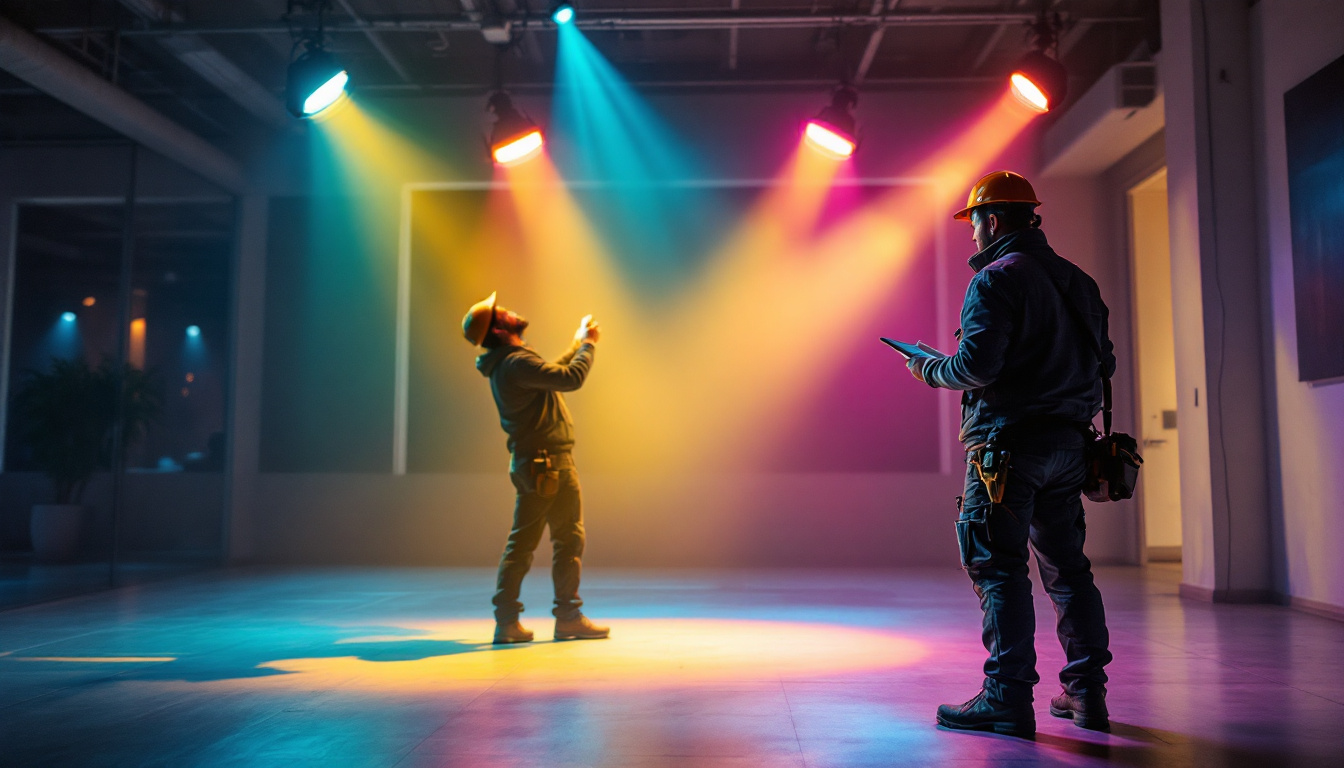
In the world of commercial lighting, efficiency is crucial. For lighting contractors, understanding how to maximize the effectiveness of 4-foot shop lights can lead to significant improvements in both energy savings and overall lighting quality. This article delves into various strategies and considerations that can help optimize the use of 4-foot shop lights in diverse settings, from warehouses to retail spaces.
4-foot shop lights have become a staple in many commercial and industrial environments. Their size, versatility, and efficiency make them ideal for a wide range of applications. Typically, these lights come in various types, including fluorescent, LED, and even high-intensity discharge (HID) options. Each type has its own set of advantages and drawbacks that can impact overall performance.
When selecting 4-foot shop lights, it’s essential to understand the different types available. Fluorescent lights have been a traditional choice due to their affordability and decent energy efficiency. However, LED technology has rapidly gained popularity, offering longer lifespans and significantly lower energy consumption. The lifespan of LED lights can reach up to 50,000 hours, compared to just 10,000 hours for fluorescent options, making them a more sustainable choice in the long run.
HID lights, while less common for shop applications, can provide intense illumination for larger spaces. These lights are often used in warehouses and outdoor settings where bright, focused light is necessary. Understanding the specific needs of the environment will help in choosing the right type of lighting. For instance, in a garage or workshop where detailed tasks are performed, the clarity and brightness of LED lights can enhance visibility and reduce eye strain, making them a preferred option for many professionals.
When optimizing 4-foot shop lights, several key features should be taken into account. Lumens, for instance, measure the light output, while wattage indicates energy consumption. A higher lumen output per watt signifies better efficiency. Additionally, color temperature can affect how the light appears in a space, influencing both aesthetics and functionality. Warmer color temperatures (around 3000K) create a cozy atmosphere, while cooler temperatures (5000K and above) provide a daylight-like effect that can enhance concentration and productivity.
Another important feature is the light distribution pattern. Some environments may require direct lighting, while others benefit from diffuse light. Understanding these features will allow contractors to make informed decisions that enhance both efficiency and effectiveness. Furthermore, the installation method is also crucial; some lights come with mounting options that allow for easy installation on ceilings or walls, while others may be designed for surface or suspended mounting. This flexibility can be particularly beneficial in spaces with varying ceiling heights or layouts, ensuring that the lighting solution is tailored to the specific needs of the area.
Energy efficiency is a primary concern for many lighting contractors. With rising energy costs and increasing environmental awareness, optimizing the energy consumption of 4-foot shop lights is essential. There are several strategies to achieve this goal.
One of the most significant advancements in lighting technology is the development of LED lights. Switching from traditional fluorescent lights to LED shop lights can result in substantial energy savings. LEDs consume up to 75% less energy than incandescent bulbs and have a much longer lifespan, reducing the frequency of replacements.
Furthermore, LED lights emit less heat, which can contribute to lower cooling costs in commercial spaces. The initial investment may be higher, but the long-term savings and benefits make LEDs a wise choice for optimizing lighting efficiency. Additionally, many LED options come with customizable color temperatures, allowing contractors to choose lighting that enhances visibility and productivity in work environments, which can be particularly beneficial in settings like workshops or retail spaces.
Smart lighting controls, such as dimmers, timers, and occupancy sensors, can significantly enhance the efficiency of 4-foot shop lights. By automatically adjusting the light output based on occupancy or ambient light conditions, these controls help reduce unnecessary energy consumption.
For instance, in a warehouse setting where lights are often left on, occupancy sensors can ensure that lights are only activated when someone is present. This not only saves energy but also extends the lifespan of the fixtures. Moreover, integrating smart controls with a building management system can provide real-time data on energy usage, enabling contractors to identify patterns and make informed decisions about further improvements. Such systems can also facilitate remote monitoring and control, allowing for adjustments to be made even when the facility is unoccupied, ensuring that energy efficiency is maintained around the clock.
While energy efficiency is vital, the quality of light produced by 4-foot shop lights should not be overlooked. Proper light quality can enhance productivity, safety, and overall satisfaction in a workspace. The right lighting can reduce eye strain, improve focus, and even influence the overall mood of individuals working in the space. As such, investing in high-quality lighting solutions is an essential aspect of creating a conducive work environment.
The color temperature of lighting affects how colors are perceived and can influence mood and productivity. For example, cooler color temperatures (5000K-6500K) are often preferred in workspaces as they mimic daylight, promoting alertness and concentration. This is particularly beneficial in environments such as offices, workshops, or studios where tasks require precision and attention to detail.
Conversely, warmer color temperatures (2700K-3000K) create a more relaxed atmosphere, suitable for areas where comfort is a priority. Spaces like break rooms or lounges can greatly benefit from this warmer light, as it fosters a sense of relaxation and social interaction. Understanding the specific needs of the environment can guide the selection of the appropriate color temperature for 4-foot shop lights, ensuring that each area is optimized for its intended purpose.
Reflectors and diffusers can play a crucial role in enhancing light quality. Reflectors help direct light where it is needed, increasing the overall efficiency of the lighting system. By strategically placing reflectors, you can minimize dark spots and ensure that every corner of the workspace is well-lit, which is especially important in larger areas or those with complex layouts. Diffusers, on the other hand, soften the light, reducing harsh shadows and creating a more even illumination throughout the space.
In environments with high ceilings, using reflectors can help maximize the light output, ensuring that areas are adequately illuminated without excessive energy consumption. This strategic approach to lighting design can significantly improve the overall effectiveness of 4-foot shop lights. Additionally, incorporating adjustable diffusers can provide versatility, allowing users to modify the light intensity and quality based on specific tasks or preferences. This adaptability is essential in dynamic workspaces where activities may shift throughout the day, ensuring that lighting remains a supportive element rather than a hindrance.
Proper installation of 4-foot shop lights is essential for achieving optimal performance. Incorrect installation can lead to uneven lighting, increased energy consumption, and even safety hazards. Here are some best practices to consider.
The spacing and placement of 4-foot shop lights can dramatically affect the quality of illumination. A common rule of thumb is to space fixtures approximately 1.5 to 2 times the height of the ceiling. This ensures even light distribution and minimizes shadows.
In areas with high ceilings, consider using higher lumen output fixtures to ensure adequate lighting reaches the floor. Additionally, placing lights in areas where tasks are performed can enhance visibility and productivity.
Electrical safety is paramount when installing shop lights. Ensuring that wiring and circuitry are up to code is crucial to prevent hazards such as short circuits or electrical fires. It’s advisable to consult with a licensed electrician to guarantee that all installations meet safety standards.
Furthermore, using energy-efficient ballasts and drivers can enhance the performance of 4-foot shop lights, ensuring they operate at optimal efficiency.
Regular maintenance is essential for maximizing the lifespan and efficiency of 4-foot shop lights. Neglecting maintenance can lead to reduced performance and increased energy costs. Here are some key maintenance practices to consider.
Dust and grime can accumulate on light fixtures, reducing their output and efficiency. Regular cleaning of both the fixtures and the surrounding areas can help maintain optimal light levels. Using a damp cloth to wipe down fixtures and ensuring that the surrounding surfaces are clean will enhance the overall effectiveness of the lighting system.
Conducting periodic inspections of the lighting system is essential for identifying potential issues before they become significant problems. Checking for flickering lights, unusual noises, or signs of wear can help catch issues early, allowing for timely repairs or replacements.
Additionally, monitoring energy consumption can provide insights into the efficiency of the lighting system. If energy usage spikes unexpectedly, it may indicate a problem that requires attention.
Optimizing 4-foot shop lights for maximum efficiency involves a multifaceted approach that includes understanding the types of lights available, maximizing energy efficiency, enhancing light quality, ensuring proper installation, and maintaining the fixtures. By implementing these strategies, lighting contractors can significantly improve the performance and sustainability of lighting systems in various commercial and industrial environments.
As the demand for energy-efficient solutions continues to grow, staying informed about the latest technologies and best practices will be essential for lighting contractors. By prioritizing efficiency and quality, it is possible to create well-lit spaces that enhance productivity while minimizing energy costs.
Ready to elevate your lighting projects with the most efficient 4-foot shop lights on the market? Look no further than LumenWholesale. Our commitment to quality and affordability ensures that you have access to the best spec-grade lighting products at wholesale prices. Say goodbye to unnecessary markups and hello to a vast selection of reliable lighting solutions that meet the highest industry standards. With the added convenience of free shipping on bulk orders, LumenWholesale is your go-to source for premium lighting without the premium price tag. Enhance productivity and reduce energy costs effortlessly. Wholesale Lighting at the Best Value is just a click away.

Explore the surprising benefits of unusual track lighting designs and their impact on energy efficiency.

Discover essential compliance insights for lighting contractors in our comprehensive guide on Sylvania standards.
Discover how ornamental light bulbs can transform your lighting projects and help you secure more contracts.

Discover why staying informed about LED interior flood lights is crucial for lighting contractors.